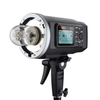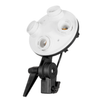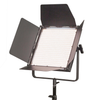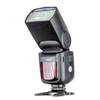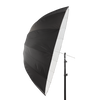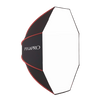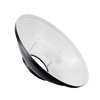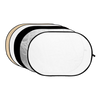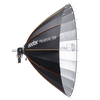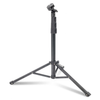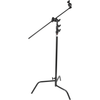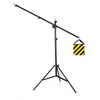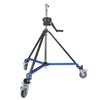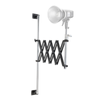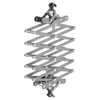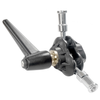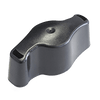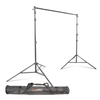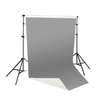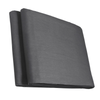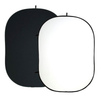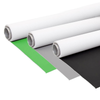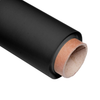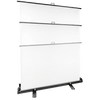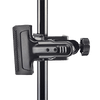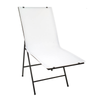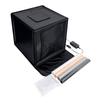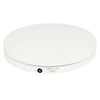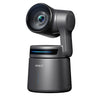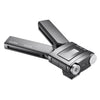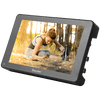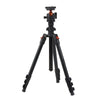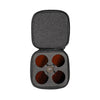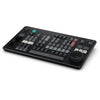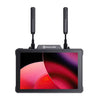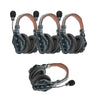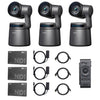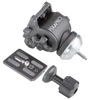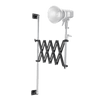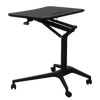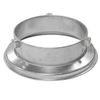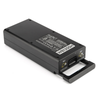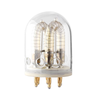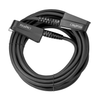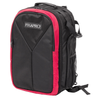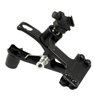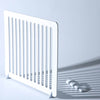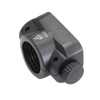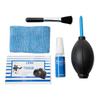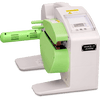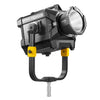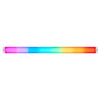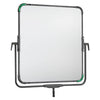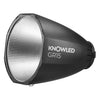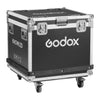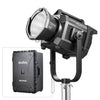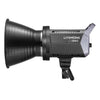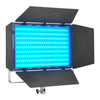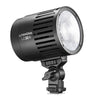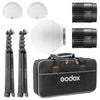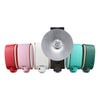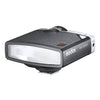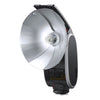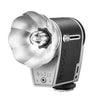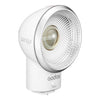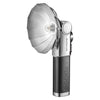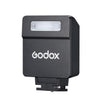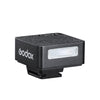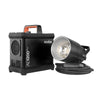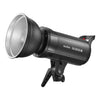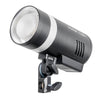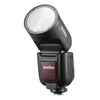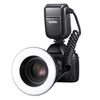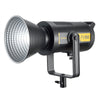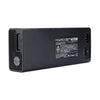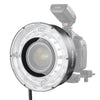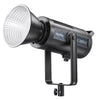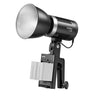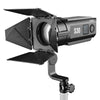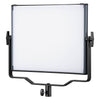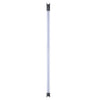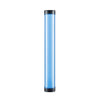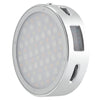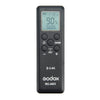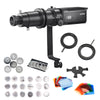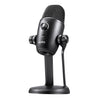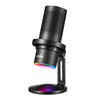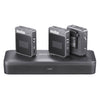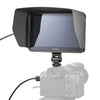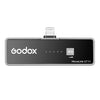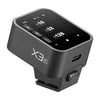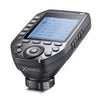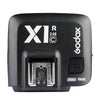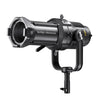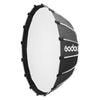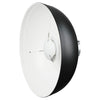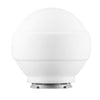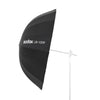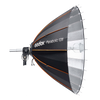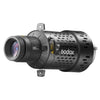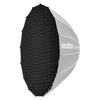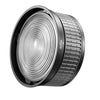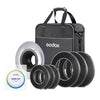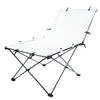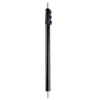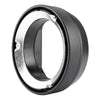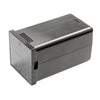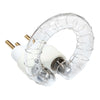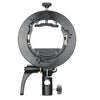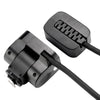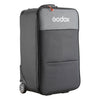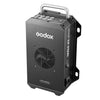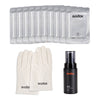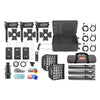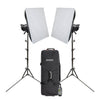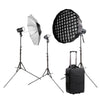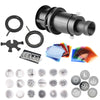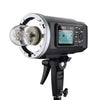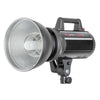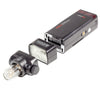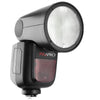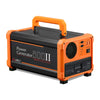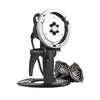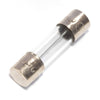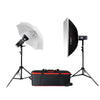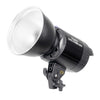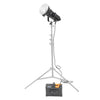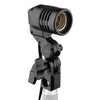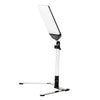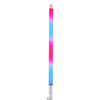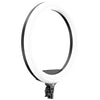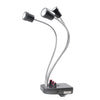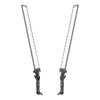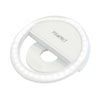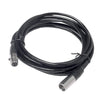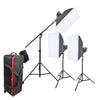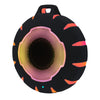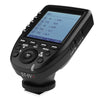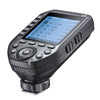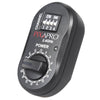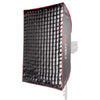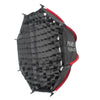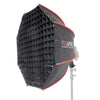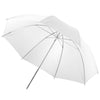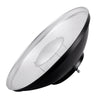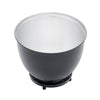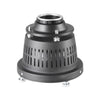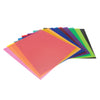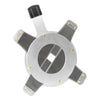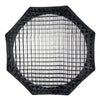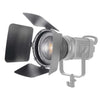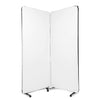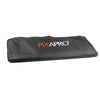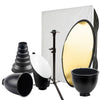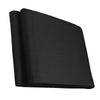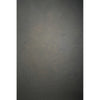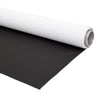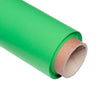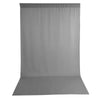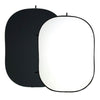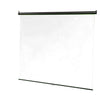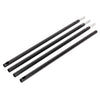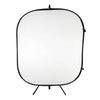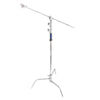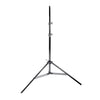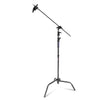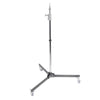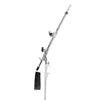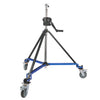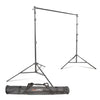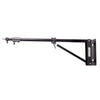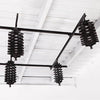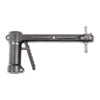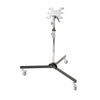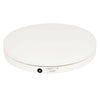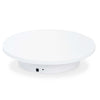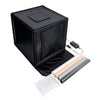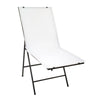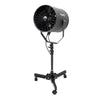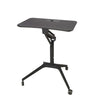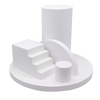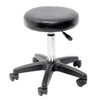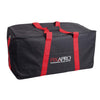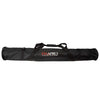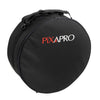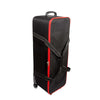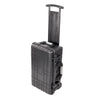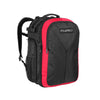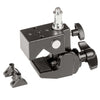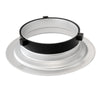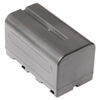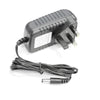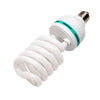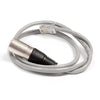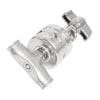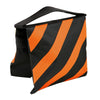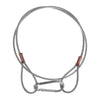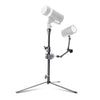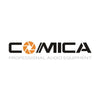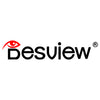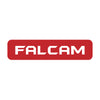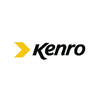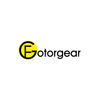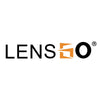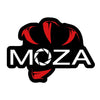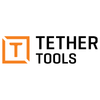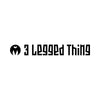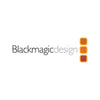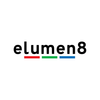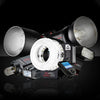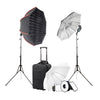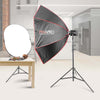CITI600 Manual vs Elinchrom ELB 400
Having a reliable and durable battery powered flashes is ideal for any photographer’s set-up, as it allows for much more freedom and opportunities with your photography. In this Blog, we take a look at two battery powered flashes, the PiXAPRO CITI600 Manual and the Elinchrom ELB 400, and see which would be the better of the two options.

CITI600 Manual All-In-One Battery Powered Studio Flash (Godox AD600BM)
Similarities
To be honest, there isn’t a huge lot that these two lights have in common. Both of these lights are indeed battery powered flashes, which makes them ideal for location photography. Each light is capable of using High-Speed Sync up to 1/8000, which would help to offer further creativity with your photography, but this is only available for the HS Head of the ELB 400. Each light comes with their own 2.4GHz Built-in Radio Receiver, making them compatible with their respective Triggers/Transmitters, and they also have the ability to be triggered using the Sync Ports on the flash units. Other than these few things, these lights do differ rather noticeably.
Differences
For these two lights, we must start with the most noticeable of differences, the designs. For the CITI600 Manual, the light and battery components all come together in a single unit, making it easier to transport and keep safe during use. With the ELB 400, this comes as a main battery and controls unit, but then you can choose between 3 different heads available. There is the Pro Head which is the standard head for general photography, then there is the Action Head which helps to freeze motion with fast flash durations, and finally there is the HS Head which is allows you to use High-Speed Sync up to 1/8000. So unfortunately, if you wish to have all of the functions, you would need to purchase each individual head, rather than it all coming together in a single unit like the CITI600 Manual.



The CITI600 Manual is the more powerful of the two lights, as it has a maximum power output off 600ws compared to the 424ws output from the ELB 400. This maximum power output also helps to give the CITI600 Manual the better Guide Number of the two light. At ISO100, the ELB 400 does offer a decent guide number of 64.5m, but the CITI600 Manual offers a much more impressive guide number of 87m, making it the much brighter light out of the two, perfect for larger set-ups. Controlling this power output is also very important, as it allows you to adjust the lighting power to better suit your shoot, so having more freedom with adjusting this power can be very useful. The CITI600 Manual allows 9-Stops power range between 1/1 – 1/256 power, but the ELB 400 only allows 6.9-Stops power range between 1/1 – 1/32 power. This means that even though the CITI600 Manual is more powerful, it allows for much larger power adjustments than the ELB 400, meaning that it gives much more freedom and lighting possibilities for your shoots.
Making sure that your photography accurately represents the colours on display from your subject is very important, as this helps to make you stand out against other potential competition, so having a high colour temperature from your lighting is important. The ELB 400 does offer a very good Colour Temperature of 5500K, but the CITI600 Manual is slightly better at 5600K, meaning that you will get a more vibrant and accurate colour representation. Having a quick recycle time is necessary if you wish to keep a steady pace to your shoot, as this is the time period taken for the camera to reset the flash before another shot can be taken. The CITI600 Manual has a super-fast recycle time of between 2.5 seconds all the way down to 0.01 seconds. This is quicker than the recycle time offered from the ELB 400 of 3.5 seconds down to 0.17 seconds. So not only does the CITI600 Manual have the quicker Recycle Time overall, but it also has the quicker average recycle time compared to the ELB 400. If you find during your shoot that you would like to freeze any potential motion, you would need your flash lighting to have a super-quick Flash Duration. The CITI600 Manual is the perfect light for this, as it offers a Flash Duration from between 1/220 – 1/10,000 second which is idea for freezing motion and sharpening your images. The ELB 400 does also have a fast Flash Duration of 1/1,200 - 1/5,700 second, but this is near half as quick as the CITI600 Manual fastest time.

.jpg)
 Elinchorm ELB 400
Elinchorm ELB 400The use of Channels and Groups better helps you to control all of your lighting during a busy shoot. Channels are used to join together a bunch of flashes so that they all trigger at the same time, and having multiple channels is useful allows you to separate your lights into different sets to trigger at different times. Whilst the ELB 400 does allows for up to 20 channels, the CITI600 Manual has 32 channels available, offering you much more control over your shoot. This is further evident by the number of Groups available with each light. Groups are used to adjust the settings and controls of your single flash unit or collection of lights. The CITI600 Manual offers 5 different groups and the ELB400 offer 4 different groups, meaning that the CITI600 Manual gives you more freedom when adjust a large amount of flashes during a single shoot.
Being battery powered flashes, you need to be able to trust that your flashes are going to have enough power to keep going during a long day of shooting. The ELB400 offers a respectable 350 Full-Powered flashes per charge, but the CITI600 Manual offers approximately 500 Full-Powered flashes per charge. So even though it is the more powerful and have the larger power output, the CITI600 Manual is able to work for longer periods of time than the ELB 400. Being able to use modifiers with your lighting is also very important, as it lets you create different effects and possibilities for your shoots. Being as the ELB 400 is an Elinchrom light, this comes with an Elinchrom mount. The CITI600 Manual comes with Bowens S-Type Mount as standard, the most common fitting on the market, so you may find it easier and cheaper finding compatible modifiers for the CITI600 Manual than the ELB 400.
 PiXAPRO CITI600 Manual Rechargeable Lithium-Ion Battery Pack
PiXAPRO CITI600 Manual Rechargeable Lithium-Ion Battery Pack

The CITI600 Manual does come with a few extra incentives also. As it features a 2.4GHz Built-in Radio Receiver, it makes it compatible with the PiXAPRO ONE System. The ONE System allows you to use our entire range of flash lighting (excluding the RIKO400) together and to be controlled by the same individual PiXAPRO Trigger, perfect if you find yourself on a large shoot with a lot of lighting options available. Another benefit is that it comes with a 2 Year UK Warranty, meaning that if anything was to happen to your CITI600 Manual during this time, you could get in contact and PiXAPRO would be happy to look into the best resolution possible for your issue. Finally, the biggest incentive for the CITI600 Manual is the price. The CITI600 Manual is available for £485, which is a reasonable price for a 600Ws Battery Powered Flash. The ELB 400 cost approximately £1,099, and that is simply for the main body and one head, and the extra heads are available for between £300 - £400 each. This means that if you want the main body, as well as the three different heads, you are looking at approximately anywhere between £1,700 - £1,900, which is nearly four times as expensive as the CITI600 Manual for less power. This huge difference in price could go a long way for customers, as the difference may allow you to purchase any additional modifiers or accessories you may require for your set-up.
Conclusion
Having looked through all the specifications and information about these two lights, its hard to admit anything other that the CITI600 Manual being the better option between these lights. So if you are looking for a battery powered flash with a high power output, the CITI600 Manual would be the one to choose.



